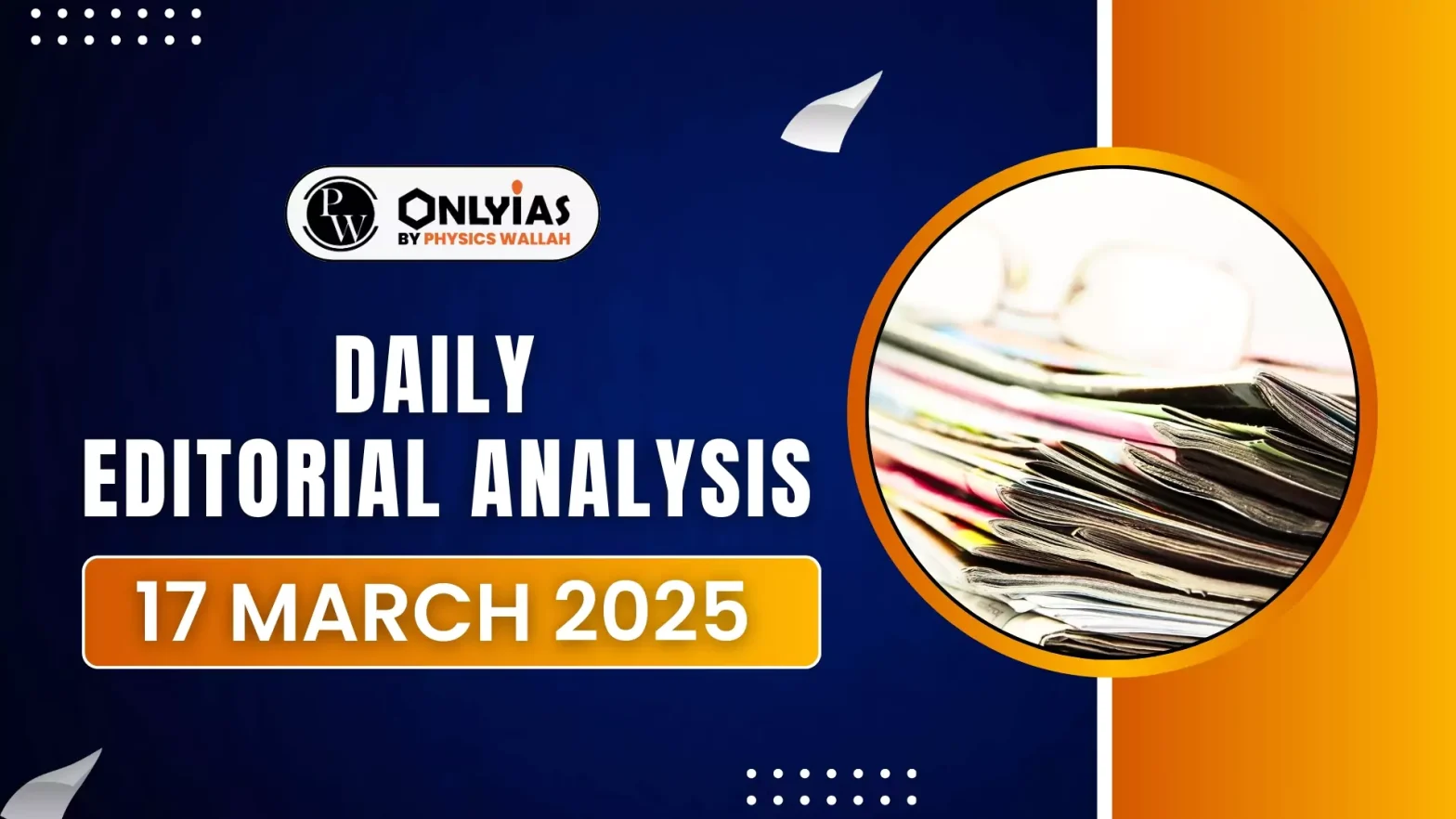Despite having a similar population at independence, China surged ahead by investing in health, education, and skills, while India underinvested in human capital
China and India Comparison
- Similar Starting Point: At the time of India’s independence, China and India had similar population sizes.
- China’s Strategic Investments: China prioritized health, education, and skill infrastructure, creating a strong foundation for economic growth.
- India’s Missed Opportunity: India focused on discussions about its demographic dividend but lacked adequate investment in human capital.
- Skilled vs. Underutilized Workforce: China developed a well-trained and healthy workforce, while India struggled to fully capitalize on its population potential.
- Criticism: Critics argued China lacks democracy & free press, but many Indians supported the view that China invested in key developmental areas, unlike India.
Demographic Dividend
- About: The “demographic dividend” refers to the economic growth potential that can arise from shifts in a population’s age structure, particularly when the share of the working-age population (typically 15-64 years) is larger than the non-working-age share.
|
- Investment in Human Capital: India must prioritize education, healthcare, and nutrition to compete with China and the global economy.
- The lack of investment in human resource development weakens India’s future workforce.
Challenges Associated with India
- Poor Education: Poor school infrastructure leads to low literacy & numeracy levels among Indian students. Studies show many children finish school without basic reading, writing, or arithmetic skills.
- For ex: The Annual Status of Education Report (ASER) has consistently highlighted serious learning gaps in India’s education system. According to recent ASER findings, a significant percentage of 10th-standard students in India struggle to read textbooks meant for 5th-standard students.
- ASER 2024 findings indicate that 70% of Class 5 students still struggle with basic division, with only 30% achieving proficiency.
- Child Malnutrition: 38% of Indian children under six are stunted, and 17% are underweight, with some categorized as ‘wasted’. Midday meal schemes have helped but are insufficient in addressing malnutrition.
- In the 2024 Global Hunger Index, India ranks 105th out of 127 countries. The country has a GHI score of 27.3, which is categorized as “serious” hunger.
- AI Challenge: As AI competes with human intelligence, most Indian graduates remain unemployable due to a lack of necessary skills.
- Illegal Migration: Desperate youth migrate illegally, paying human traffickers to escape bleak job prospects. Many Indians face deportation from the US and exploitation in scam factories in Southeast Asia.
- Policy Imbalance: PM Modi emphasizes both ‘virasat’ (heritage) and ‘vikas’ (development), but in practice, heritage receives more focus. BJP leaders prioritize culture, while concrete plans for making India a developed nation by 2047 remain unclear.
- Ineffective Policy: While the National Education Policy (NEP) 2020 was introduced as a transformative framework, its implementation has been ineffective
- Governance Failures: Infrastructure development (roads, ports, airports) has been remarkable under Modi. However, state governments have failed in delivering essential services like education, healthcare, and nutrition.
- Poor Human Resource: Global manufacturers and investors favor East Asia over India due to superior human resource development and business-friendly ecosystems.
- Unlike India, East Asian countries have made consistent investments in education, healthcare, and workforce skills, creating a more attractive environment for businesses.
Way Forward
- Investment in Vocational Training: The Chinese government has implemented policies to promote vocational education, aiming to align the workforce’s skills with market demands.
- Dual Education System: Germany’s dual education system effectively integrates theoretical learning with practical experience.
- Students split their time between vocational schools and on-the-job training within companies, ensuring a balance of academic knowledge and practical skills.
Conclusion
A dictatorship is not the solution—India needs better governance and policy shifts. Leaders must focus on domestic development rather than just showcasing India’s youth population on global platforms.
![]() 17 Mar 2025
17 Mar 2025

